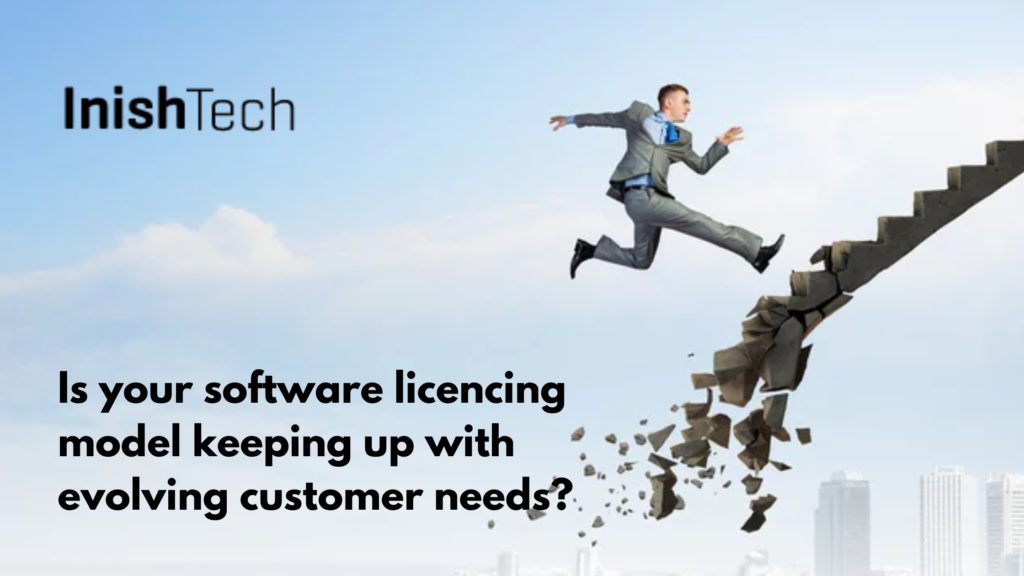
One of the main selling points of SaaS commercially is the simple subscription model. Customers love the ability to sign up for relatively low recurring subscription fees, usually well within their budget limits, and avoid lengthy purchasing processes. They will ignore the fact that costs over a multiple-year period will actually be higher just to get going quickly.
Another key benefit of SaaS is allowing the customer to sign up for just the features and options that he really wants and not pay for shelfware. The icing on the cake is that they can also opt to only pay for those features as they are used.
Anyone with a typical business account mobile phone bill will appreciate this model. The concept of a fixed monthly fee that includes an agreed quota of transactions (calls/texts etc.) and capacity (data/broadband usage), coupled with a clear charging mechanism with alerts for exceeding limits, generally provides both the user and the company with predictable and manageable bills. This model is particularly suitable where usage is key and choice of features and/or limits is important.
Not all SaaS applications would suit the usage model, and, in those cases, buyers may prefer the simple Netflix-type approach – one monthly fixed fee. Simplicity is obviously an issue but for vendors, the key question may be whether that model is the optimum revenue generator. i.e., should Netflix charge for additional account users?
Whatever model works best for a business must also take account of the commercial issues that arise. In complex pay-as-you-use models, there will be challenges in assembling data for charging and integrating with billing systems. This is particularly true in dynamic scenarios where customers’ plan changes regularly.
InishTech is interested in your views on what the future holds for SaaS Licensing and Entitlements Management, particularly in relation to integration with commercial systems such as billing. Please share your thoughts with us at LinkedIn Poll here
